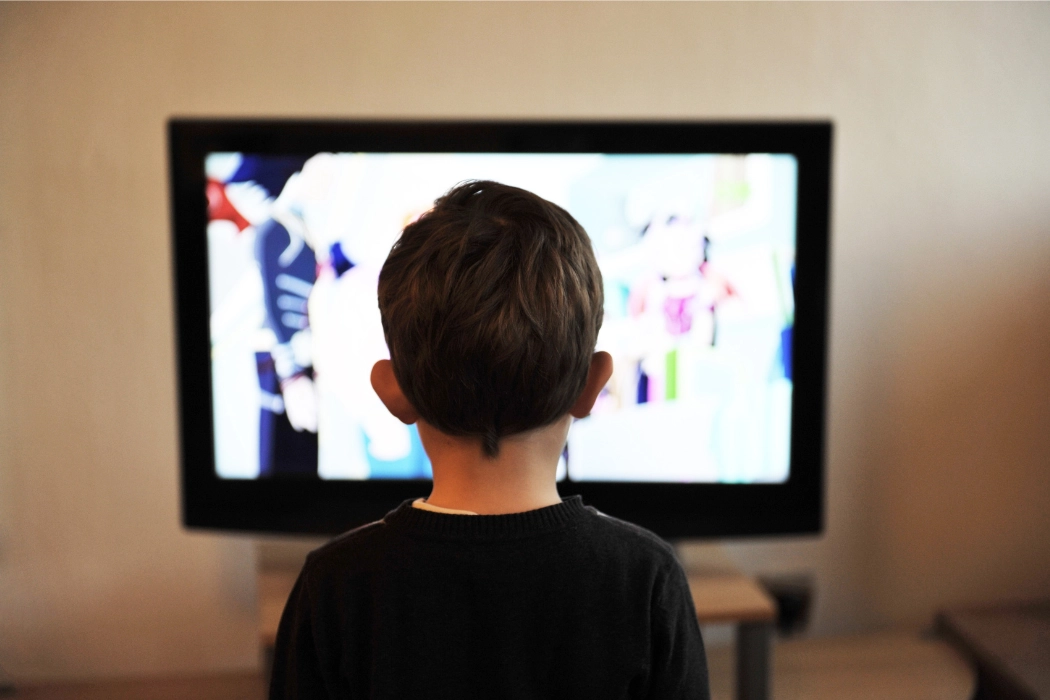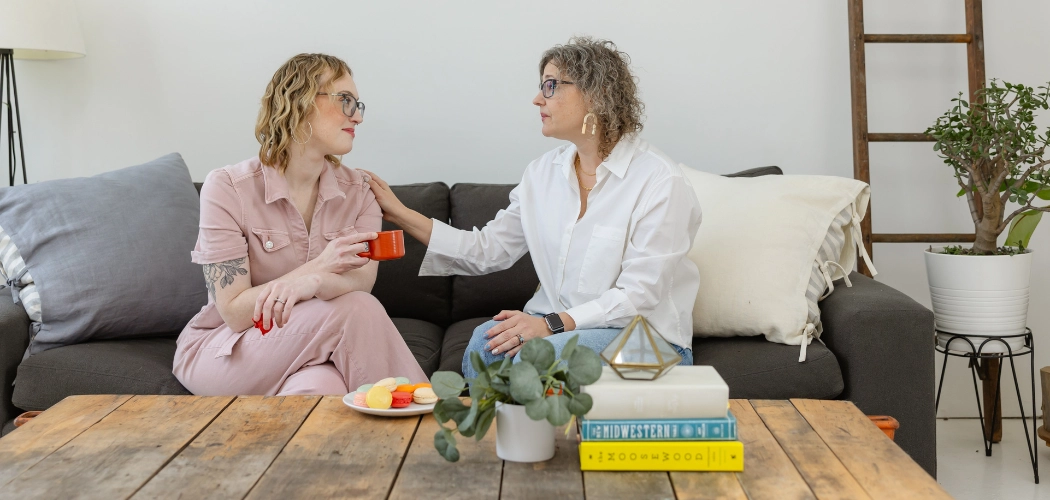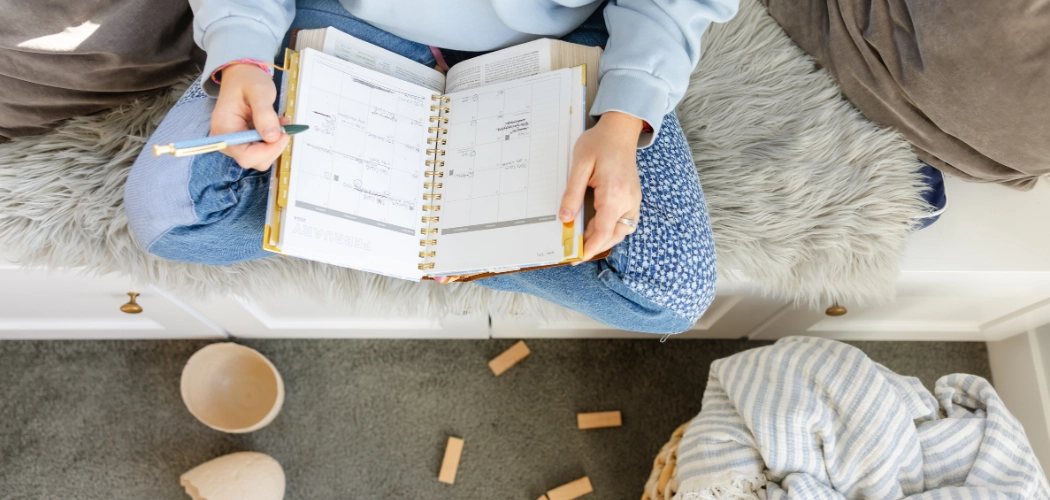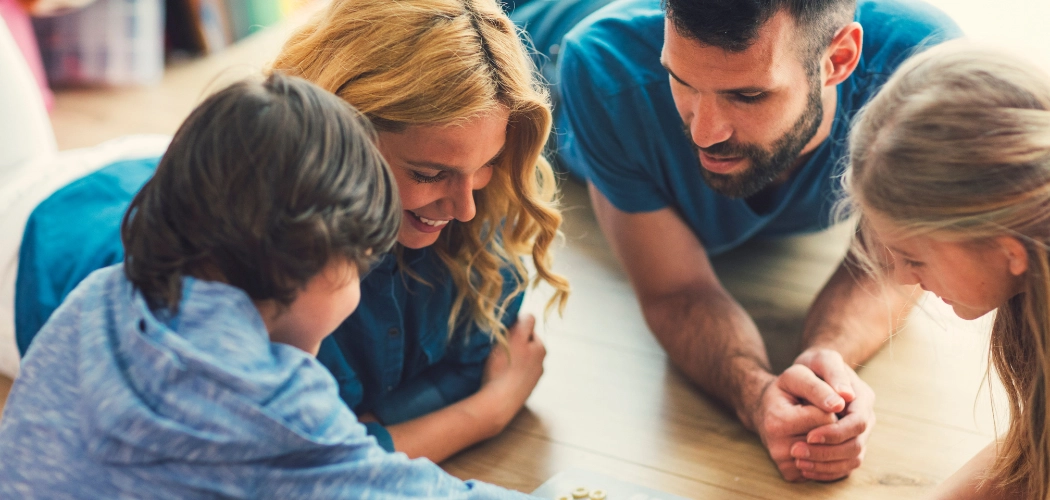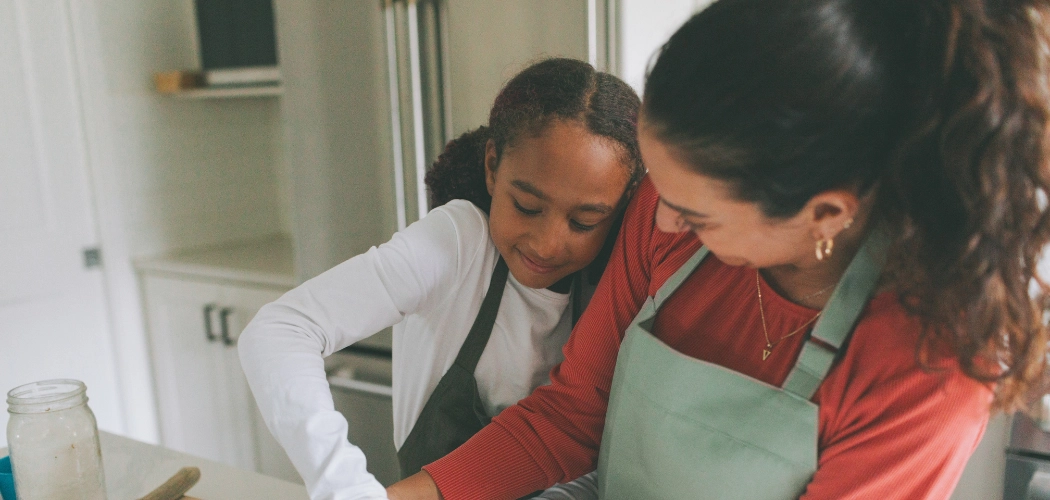Do you remember Nickelodeon in the 90’s? There was this great sketch comedy show called, “You Can’t Do That on Television,” starring some of the funniest Canadian teenagers and tweens telling jokes and doing skits in their natural hangouts throughout Ottawa. It was basically like “Saturday Night Live” for kids, a precursor to “All That” if you’re a younger millennial. It debuted in the late 70’s on Canadian broadcast TV as a sort of experimental Saturday morning show. At that point, children’s television was generally educational – think “Mister Wizard” or “Sesame Street.”. “You Can’t Do That on Television” was pushing boundaries by creating entertainment-only television for kids, and it was incredibly popular. It was so popular that by 1981, it had been picked up by Nickelodeon and was the highest rated show on the network in 1983.
Today’s parents fondly remember the shows and media growing up
Today’s parents fondly remember the shows and media growing up, even if you maybe don’t remember “You Can’t Do That on Television.” Media is part of what shaped us as people. We’d spend Friday nights in our bedroom on the cordless phone with our friends talking about what was happening on ABC’s TGIF lineup, and unless our mom picked up the extension in the kitchen, she was not part of the equation. I can count on one hand how many episodes of Sabrina the Teenage Witch my mom watched with me, because it was zero. Parents in the 80s, 90s and even to some extent in the early 2000s were rarely involved in the media consumption of their kids. They may have told us we couldn’t watch South Park, Bevis and Butthead, or Family Guy, but we did it anyway. And we all turned out fine, right?
“We all turned out fine”.
“We all turned out fine.” This is the siren song of every parent from every generation who is hesitant to wade into new parenting territory.
Parents, I’m going to tell you the fact that you know deep down in your hearts, but you maybe don’t want to say out loud: media today is nothing like the media from our childhood. Our kids don’t sit through two minutes of ads for toys in the middle of their shows. Their shows are ads: 30-minute-long commercials where a kid plays with the toys for them on YouTube. Our kids aren’t hearing about sex in a chaste, Corey and Topanga practicing abstinence on prom night kind of way;, they are watching Ginny lose her virginity to a clumsy teen boy she barely knows in a scene which lasts a painfully accurate one minute and nineteen seconds and leaves nothing to the imagination. Our kids have internalized ideas that run contrary to their families’ belief systems before they are old enough to even articulate what those ideas are.
Related Post: Play
The Overton Window
The Overton Window is a term to describe what is socially acceptable to depict in art and media, and that window has shifted dramatically in the last ten years. This is, in part, because much of what our kids watch now is not on network television like when we were kids. It’s over streaming services. Maybe this won’t be a surprise to you, but the FCC does not regulate Netflix, Amazon Prime or YouTube the way it does Fox or even MTV and Comedy Central. A show rated for mature audiences cannot play on network TV in primetime, but that’s not the case with Netflix. Streaming services do not use public airways and are therefore at liberty to create and enforce their own rating system as they see fit. That’s right. TV-14 on NBC isn’t the same as TV-14 on Netflix. In fact, “Ginny and Georgia,” one of Netflix’s most popular TV shows, is rated TV-14 and offers up that incredibly awkward 1:19 sex scene in the very first episode. The Overton Window isn’t just shifting, it’s darn near gone. This ain’t your mama’s parenting anymore.
Our parents may have gotten away with knowing nothing about our favorite shows. They had the luxury of knowing that certain words, actions and even topics were off limits, or the network would receive a steep fine. That is no longer the case. The raciest episode of Friends is like Sesame Street compared to the tamest episode of your kids’ Netflix favorites. What our parents used to worry about us seeing if they subscribed to HBO is being watched in our kids’ bedrooms with the door shut. Goodness knows they probably stole the last of our snacks, too. Not only are they going to shove all the wrappers between the mattress and the wall, but they’ll do it while consuming content we don’t approve of on a device we gave them.
In 2024 Stanford Medicine reported that the average age a child receives a cell phone is 11.6 years old, and every cell phone is a portable media device. Parents cannot afford to be on the sidelines of their kids’ media consumption. It is so common for a parent to say they have never heard of Kai Cenat or Baylen Levine without ever considering that those two gents likely have more influence over our kids than even their peers. Casually saying “I don’t know how to navigate YouTube” or “Is Mr Beast still cool?” is like a parent proudly announcing that they couldn’t possibly be asked to name their kids’ teachers.
Parents, we have to get in there.
We have to be watching along with our kids and having conversations about what they see. I’m not saying that we need to ban all media in our house. Far from it. We just need to know what’s going on and be prepared to talk to our kids about what they are seeing. We need to be prepared to challenge the ideas that are presented, and our kids need to know that we aren’t out of touch. They need to know they are our biggest priority, even if it means we must watch “Dude Perfect” when we’d rather be scrolling Instagram ourselves. Saddle up parents; there is no more “You Can’t Do That on Television”.
